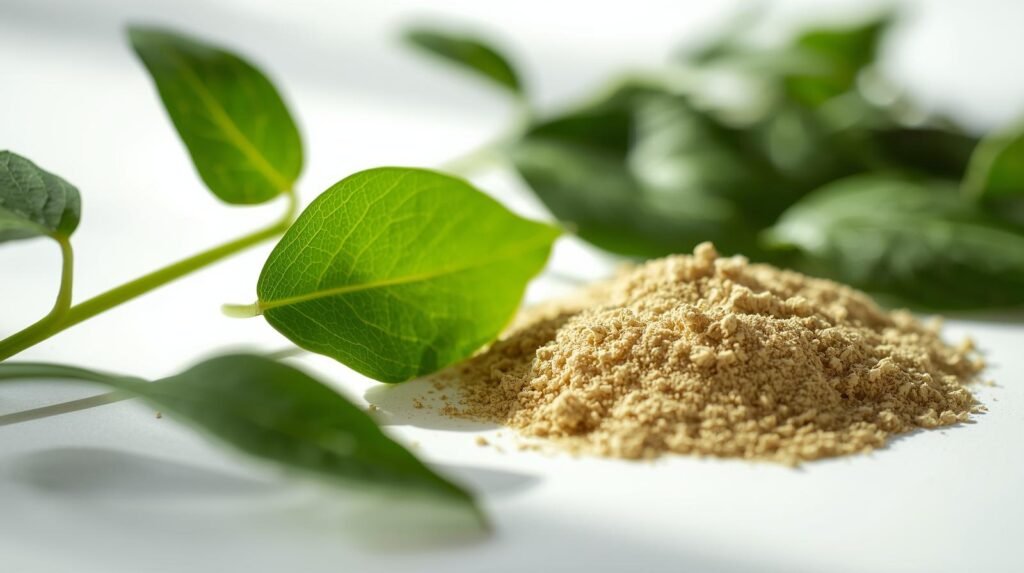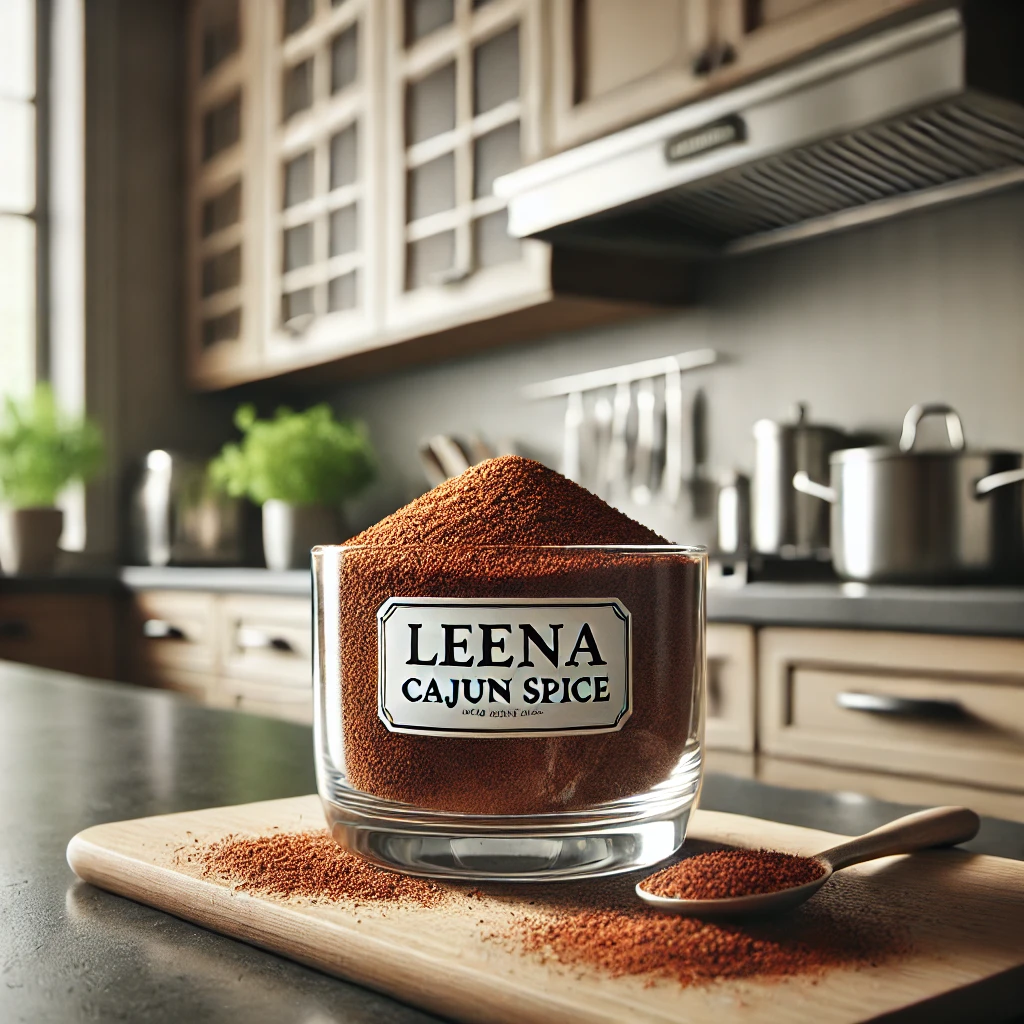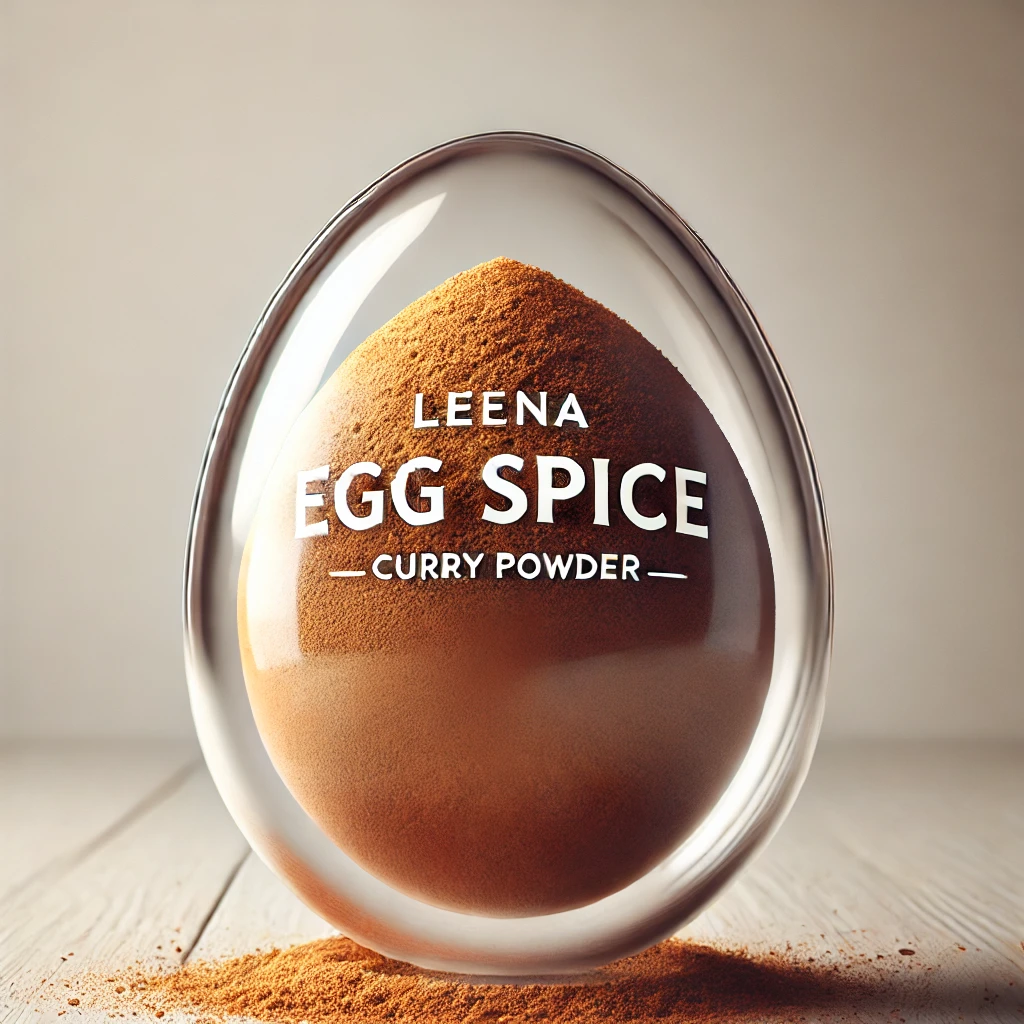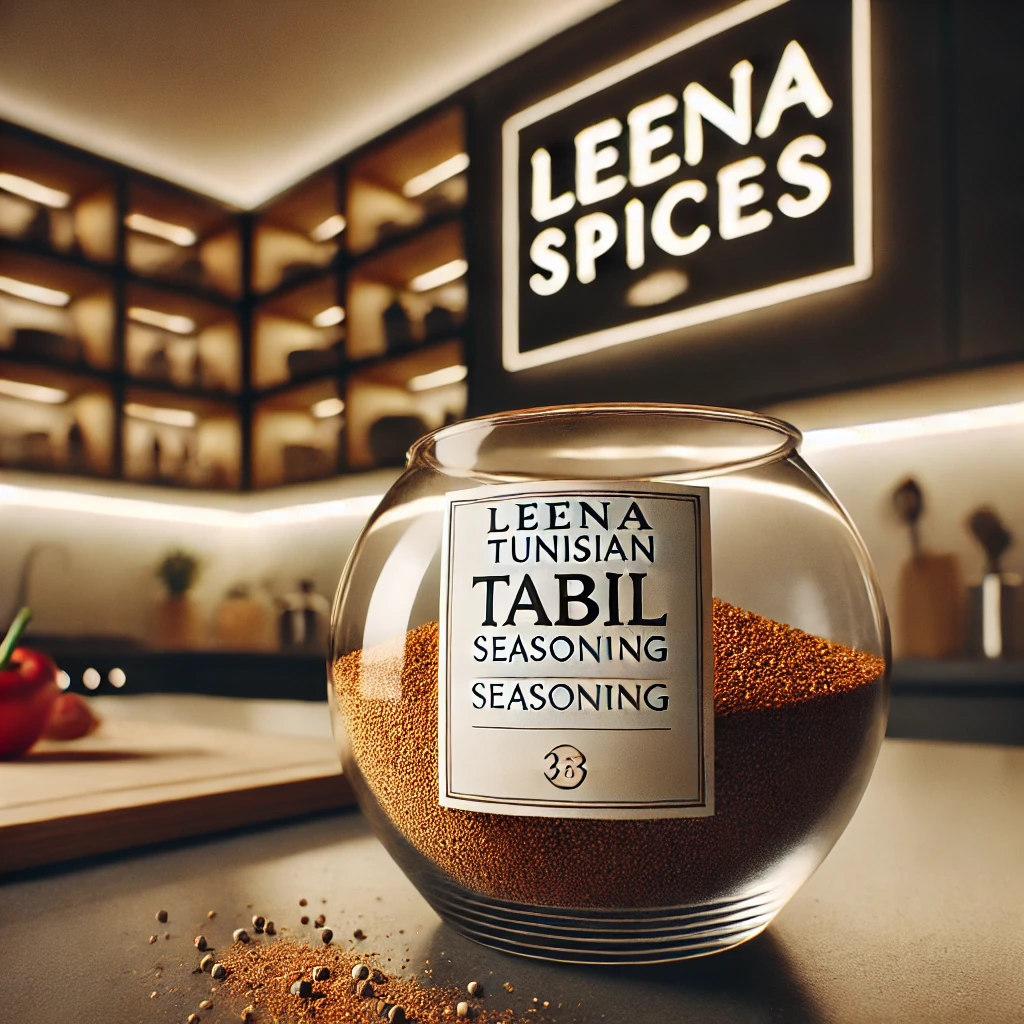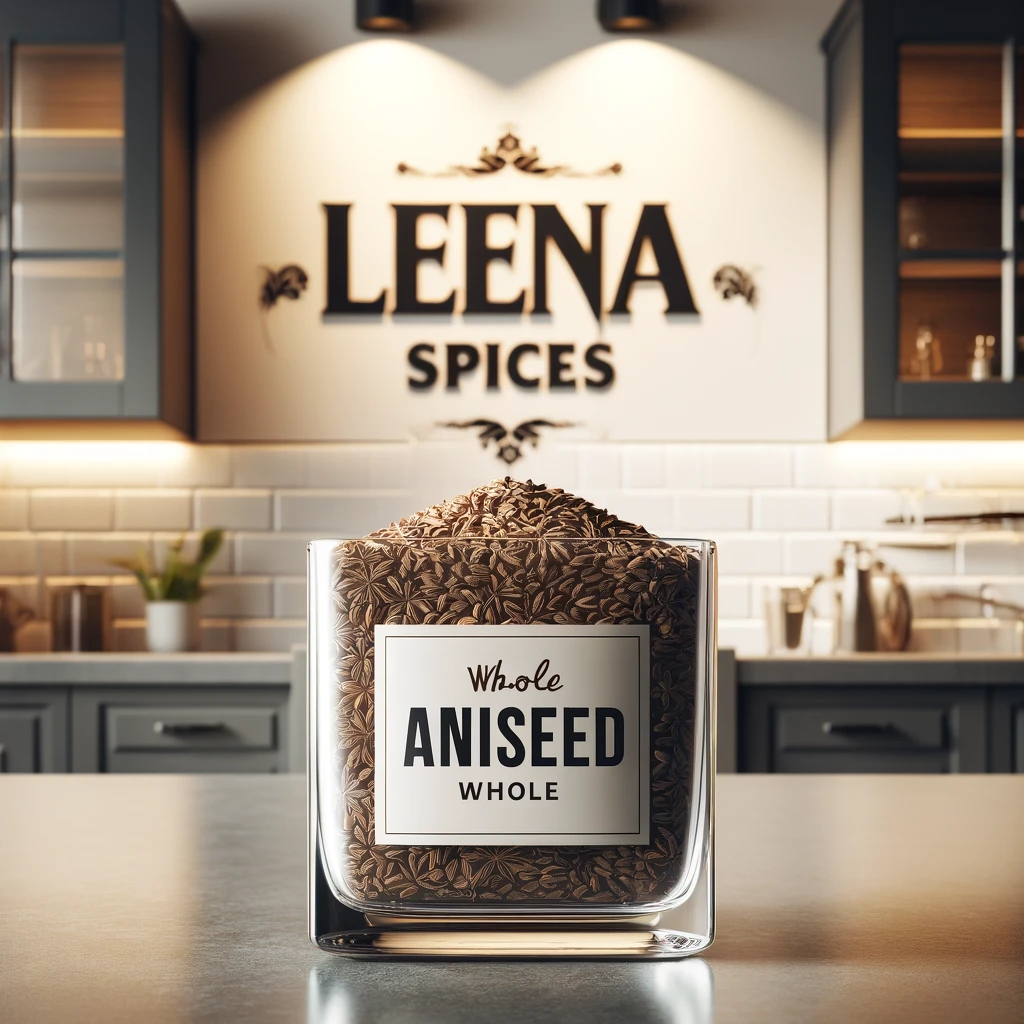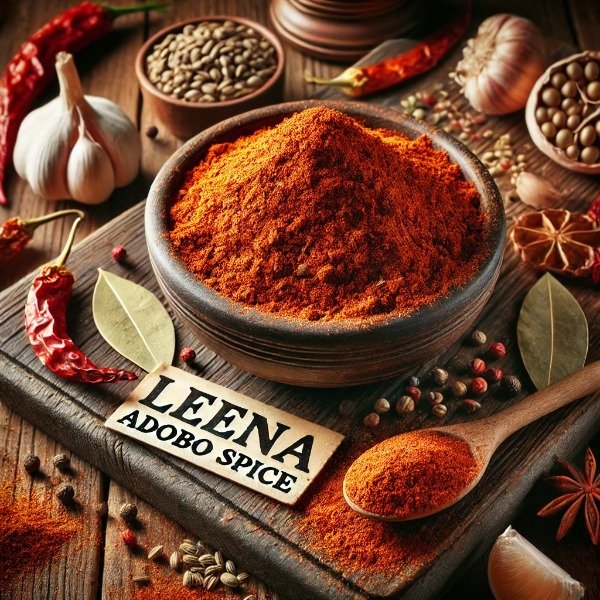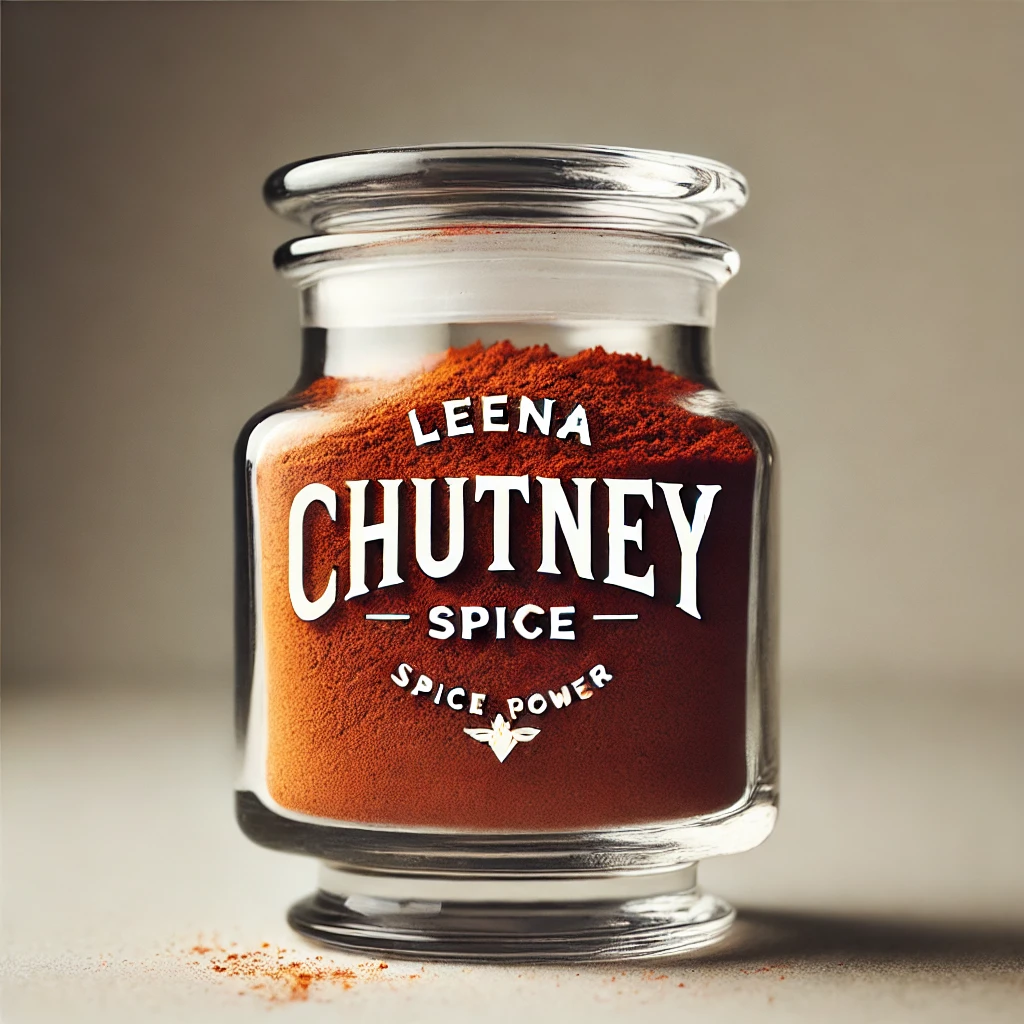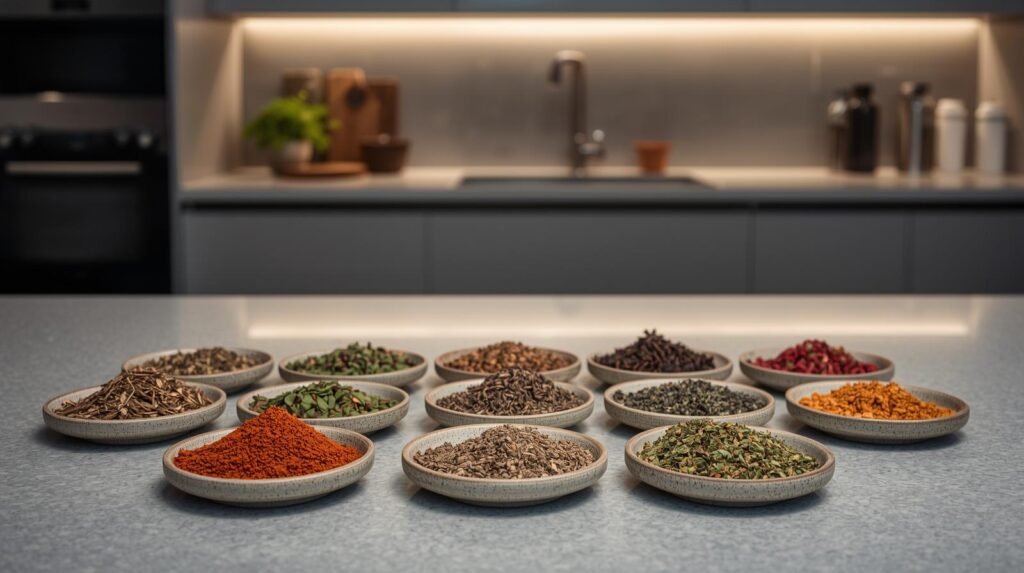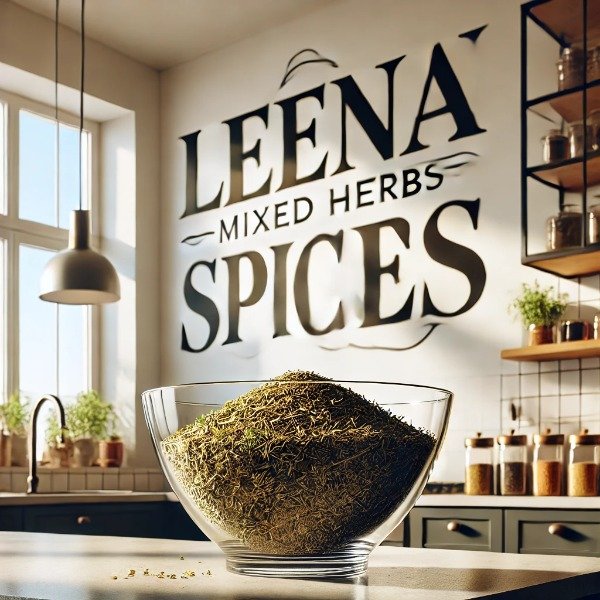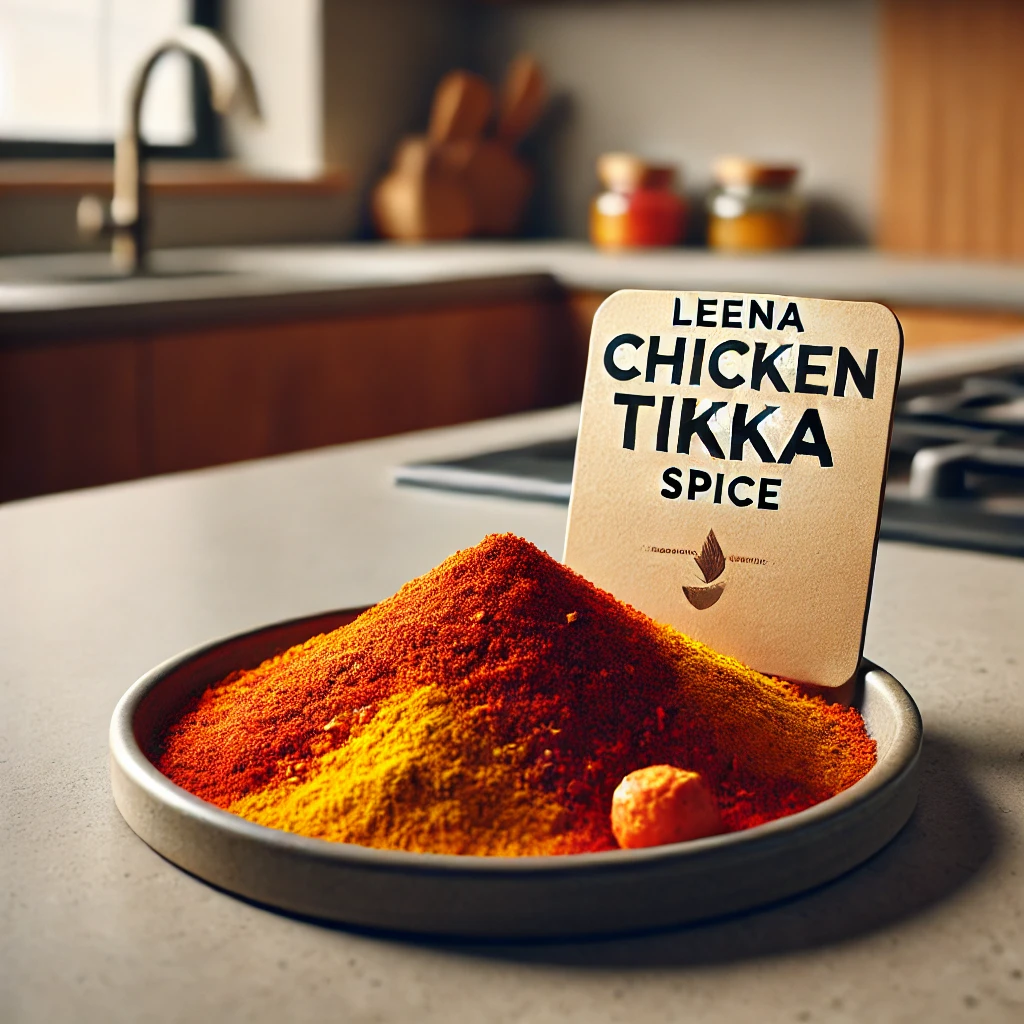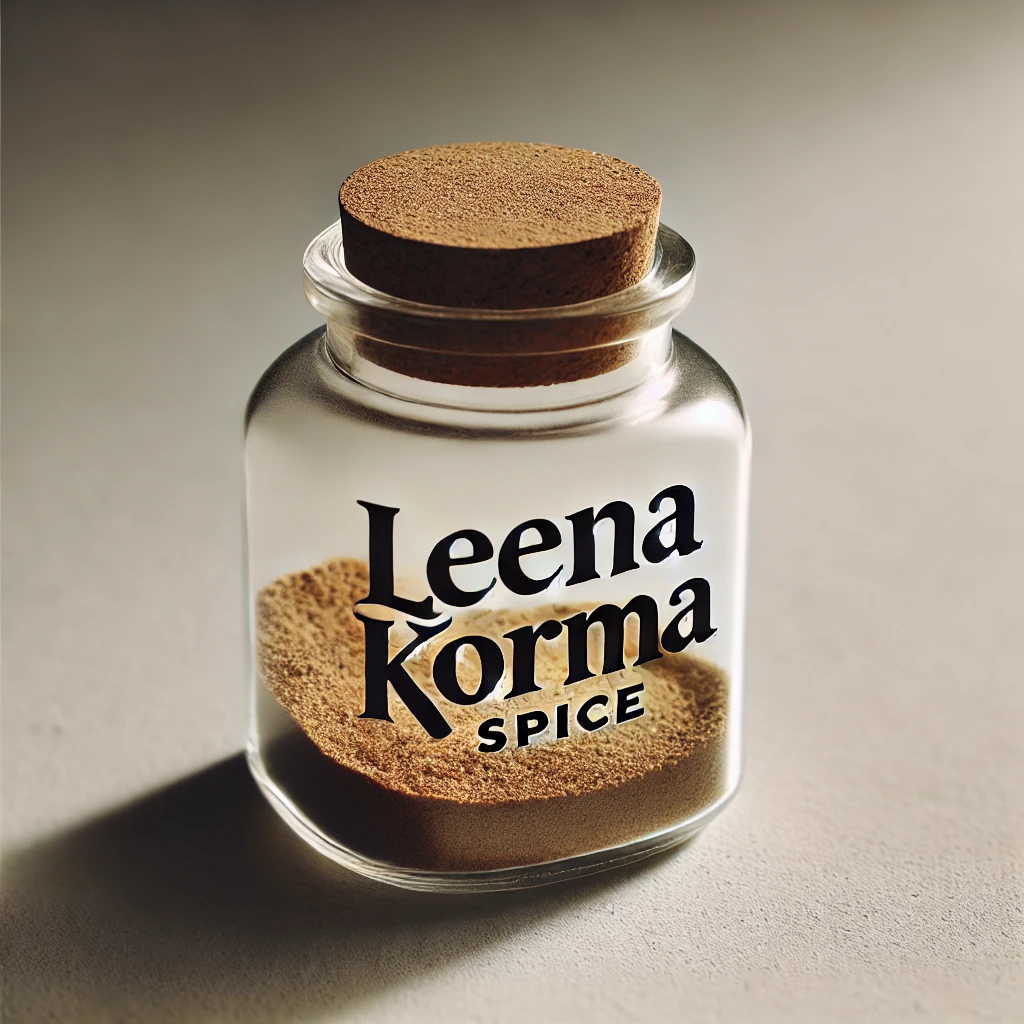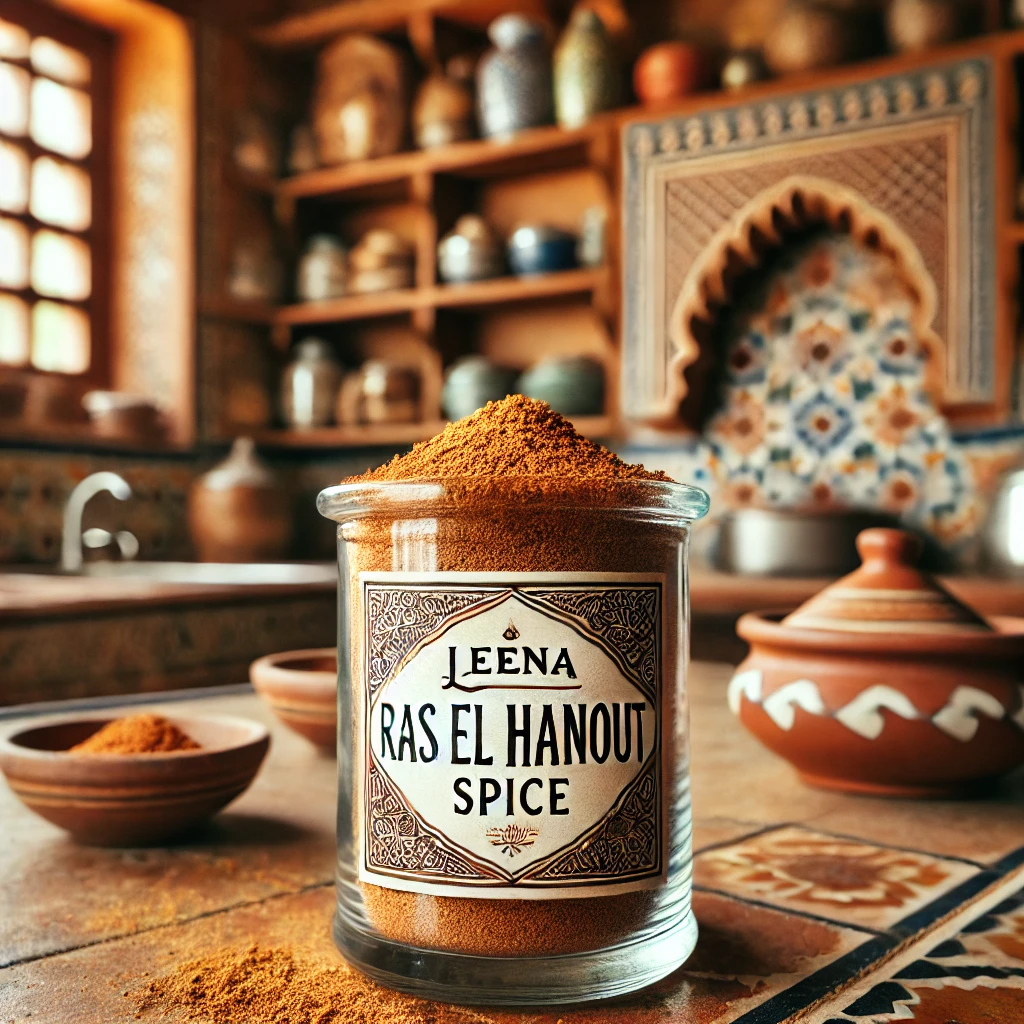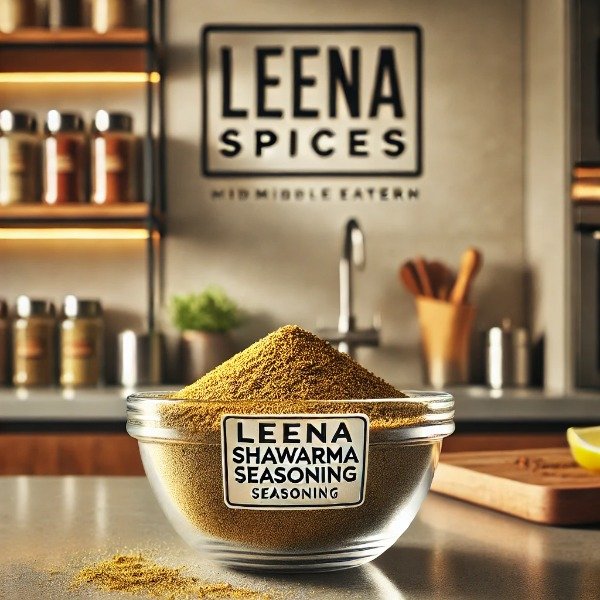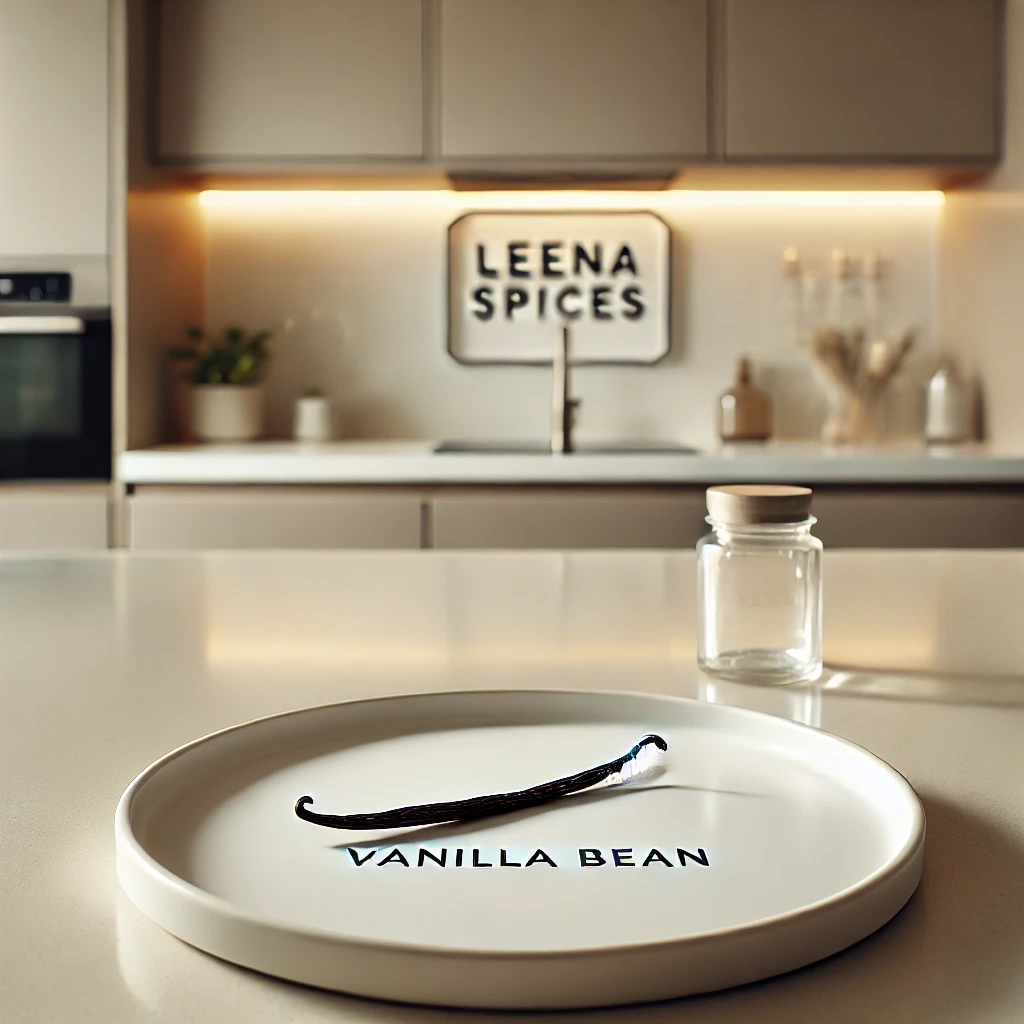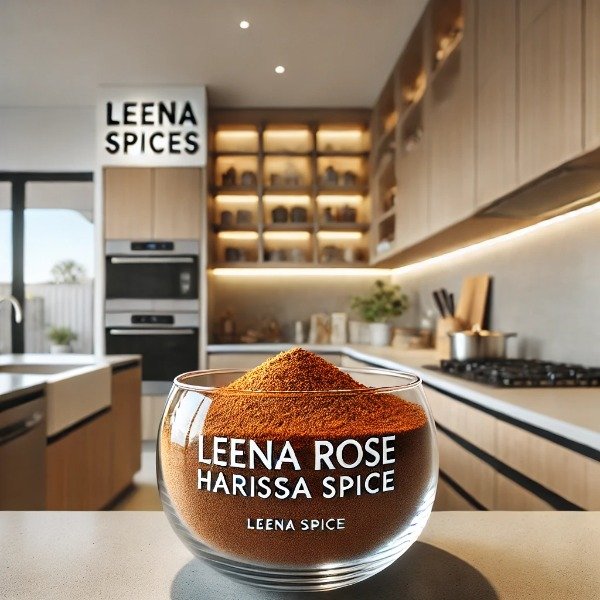How Much Does It Really Cost to Start a Spice Business?
Table of Contents
- Introduction
- How Much Does It Really Cost to Start a Spice Business?
- Why Understanding Costs Matters
- Section 1: The Bare-Bones Startup (Under $1,000)
- Business Registration and Legal Fees
- Initial Spice Inventory
- Buying in Bulk
- Packaging and Labeling
- Initial Marketing and Sales Tools
- Section 2: The E-commerce Business ($1,000 – $5,000)
- E-commerce Platform Fees
- Larger Inventory and Broader Product Line
- Professional Branding and Packaging Design
- Shipping and Logistics
- Product Photography
- Section 3: The Full-Scale Commercial Operation ($5,000 – $50,000+)
- Commercial Kitchen or Facility
- Specialized Equipment
- Wholesale Inventory
- Legal Fees and Certifications
- Marketing and Distribution
- Section 4: Hidden and Ongoing Costs to Keep in Mind
- Insurance
- Professional Services
- Ongoing Education
- Marketing and Advertising
- Labor
- Section 5: A Final Word on Your Spice Business Budget
- Frequently Asked Questions (FAQs)
Introduction
How Much Does It Really Cost to Start a Spice Business?
A lot of people dream of turning their love for cooking into a spice business. Starting a spice business often begins with passion—whether it’s a love for cooking, experimenting with flavors, or sharing traditional recipes with others. They imagine unique blends and beautiful jars, but one of the first and most intimidating questions they face is, “How much is it going to cost me to get started?”
There isn’t a one-size-fits-all answer. Startup costs can vary widely depending on how you choose to operate. A small home-based spice business might require less than $500 in initial investment, while a larger, professional setup can exceed $50,000. The difference comes down to factors such as the scale of your operations, whether you work from home or a commercial facility, the equipment you purchase, and the size of your first inventory.
Why Understanding Costs Matters
Understanding these expenses upfront is crucial. A realistic budget helps you avoid overspending, anticipate hidden costs, and set achievable financial goals. This guide breaks down the main categories of startup costs—from basic essentials to full-scale professional investments—so you can plan effectively and make informed decisions about the type of spice business you want to build.

Section 1: The Bare-Bones Startup (Under $1,000)
For many aspiring entrepreneurs, starting small is the smartest way to enter the spice industry. This approach allows you to test demand, refine your blends, and gain real-world experience without committing to large financial risks. With less than $1,000, you can launch a small-scale operation, sell at local farmers’ markets, or open a basic online storefront. The key is to keep expenses low and reinvest profits as your customer base grows.
1. Business Registration and Legal Fees (Estimated Cost: $50 – $300)
The first step is establishing your business legally. Depending on your location, this could mean filing a “Doing Business As” (DBA) registration for a sole proprietorship or setting up a more formal structure such as a Limited Liability Company (LLC). Each option offers different levels of legal protection and tax advantages. Costs vary widely by region, so it’s important to check your state, provincial, or national government’s official website for exact fees. Even at the most basic level, registering your business ensures you are compliant with local laws and can operate professionally from day one.
2. Initial Spice Inventory (Estimated Cost: $100 – $400)
- Start with staples: Choose 5–10 versatile and popular options that are widely used in everyday cooking. Examples include black pepper, paprika, garlic powder, onion powder, turmeric, and cumin.
- Introduce simple blends: In addition to individual spices, consider creating one or two basic blends, such as a taco seasoning, curry powder, or chili mix. Blends not only add value for customers but also showcase your creativity.
- Buy in small batches: At this stage, freshness matters more than bulk savings. Smaller purchases ensure your spices stay aromatic and flavorful while you test customer demand.
By keeping your inventory lean and targeted, you minimize waste, reduce upfront costs, and give yourself room to adjust based on what sells best.
3. Buying in bulk wisely
Purchasing from wholesale spice suppliers is far more cost-effective than relying on retail stores. However, the goal is not to buy massive quantities that sit unused and lose freshness. Instead, look for suppliers who offer small-batch minimums. This allows you to access high-quality, fresh spices at wholesale prices without committing to 25 or 50 pounds of a single item. Starting with manageable quantities keeps your overhead low, maintains product quality, and gives you the flexibility to expand your inventory only when demand justifies it.
4. Packaging and Labeling (Estimated Cost: $50 – $200)
Packaging is the first impression your customers will have of your product. It must be both attractive and practical, ensuring the spices stay fresh while also presenting your brand in a professional way.
- Containers: Affordable options include small glass jars, resealable plastic pouches, or lightweight tins. Each has its advantages. Jars feel premium, pouches are cost-effective and easy to ship, and tins add a unique touch. Whatever you choose, prioritize containers with secure seals to preserve freshness and aroma. Purchasing in bulk from online suppliers will help keep costs low.
- Labels: In the early stages, you don’t need expensive custom printing. A basic home setup, such as a quality printer and sticker paper works well. Free design tools like Canva allow you to create simple, professional-looking labels without prior design experience.
- Required information: Every label should clearly display the spice or blend name, a full list of ingredients, net weight, and your business contact information. Depending on your local regulations, you may also need to include allergy warnings, “best before” dates, or batch numbers.
Good packaging shows customers that you take your product seriously, while clear and compliant labeling builds trust and credibility.
5. Initial Marketing and Sales Tools (Estimated Cost: $0 – $100)
You don’t need a professional website or a large advertising budget to start selling your spices. In the beginning, focus on cost-effective marketing channels that allow you to build visibility and test your products with real customers.
- Social Media Presence: Platforms like Instagram and Facebook are free to use and highly effective for showcasing your products. Create a dedicated business profile and post high-quality photos of your spice jars, blends, and even recipe ideas. Consistency and presentation matter. Good lighting, clean backgrounds, and clear descriptions can make a small business look professional. These platforms also allow you to engage directly with customers and build a following without any upfront cost.
- Farmers’ Markets and Local Fairs: If you prefer face-to-face sales, local events provide excellent opportunities. Application fees for small markets often range from $25 to $75 per booth. These venues give you direct exposure to potential customers, instant feedback on your blends, and the chance to build a loyal community following.
By combining free digital tools with affordable in-person selling opportunities, you can begin reaching customers immediately while keeping expenses minimal.
Section 2: The E-commerce Business (Estimated Costs: $1,000 – $5,000)
For entrepreneurs who want to build a professional online storefront from the beginning, an e-commerce model provides both wider reach and long-term scalability. Unlike a bare-bones market setup, this path requires greater investment in technology, branding, and logistics. However, the payoff is the ability to serve a national or even international customer base right away.
1. E-commerce Platform Fees (Estimated Cost: $300 – $1,000 per year)
2. Larger Inventory and Broader Product Line (Estimated Cost: $500 – $2,000)
With a digital storefront, you can offer a much wider selection of spices than in a local-only setup. This often means investing in a broader range of products, such as specialty spices, organic options, or rare imports. You may also want to create gift sets, spice grinders, or starter kits that encourage larger orders and repeat purchases. Expanding your inventory at this stage positions your business to compete with established online retailers while appealing to niche markets.
3. Professional Branding and Packaging Design (Estimated Cost: $300 – $1,500)
In the online marketplace, branding is as important as product quality. Customers judge your business based on how professional and trustworthy your website and packaging appear. This budget allows you to hire a freelance graphic designer to create a distinctive logo, cohesive color palette, and label templates that communicate your brand identity. A strong, consistent look helps differentiate your products in a competitive digital space and builds long-term brand recognition.
4. Shipping and Logistics (Estimated Cost: $200 – $500 for initial supplies)
Fulfilling online orders requires investment in shipping materials and processes. Basic supplies include sturdy boxes, padded mailers, packing tape, and a digital shipping scale. You’ll also need to budget for postage and courier fees when fulfilling your first customer orders. Choosing the right shipping partners early on is important, as delivery speed and reliability directly affect customer satisfaction and reviews.
5. Product Photography (Estimated Cost: $0 – $500)
High-quality product images are essential in e-commerce because customers cannot touch or smell your spices before purchasing. At a minimum, you can use a modern smartphone with natural lighting to create sharp, appealing images. For greater professionalism, consider investing in a small light box, tripod, and editing software. If budget allows, hiring a product photographer ensures your images meet the high standards customers expect from established online stores.
Section 3: The Full-Scale Commercial Operation (Estimated Costs: $5,000 – $50,000+)
For entrepreneurs who want to commit fully to the spice industry, a commercial-scale business provides the infrastructure to supply wholesale markets, retailers, and potentially even international buyers. Unlike smaller models, this level requires significant investment in facilities, professional-grade equipment, regulatory compliance, and large-scale marketing. The goal is not just selling directly to consumers, but positioning your brand as a recognized player in the broader food industry.
1. Commercial Kitchen or Facility (Estimated Cost: $5,000 – $20,000+ per year)
At this stage, operating from a home kitchen is no longer an option. Most regions require commercial-grade facilities for businesses selling to wholesale or retail markets. Costs include rent, utilities, insurance, and compliance with health and safety regulations. Some entrepreneurs choose to lease a shared commercial kitchen as a more affordable entry point, while others invest in dedicated facilities for greater control and scalability. Either way, this is one of the largest recurring expenses of a full-scale operation.
2. Specialized Equipment (Estimated Cost: $2,000 – $10,000+)
3. Wholesale Inventory (Estimated Cost: $5,000 – $15,000)
With wholesale clients or retail distribution, demand is significantly higher, which means sourcing spices in much larger volumes. Instead of small batches, you’ll be purchasing 50- to 100-pound bags—or even entire pallets—of multiple varieties. Larger purchases reduce the cost per unit, improving your margins, but they also require proper storage solutions to maintain freshness and quality at scale.
4. Legal Fees and Certifications (Estimated Cost: $1,000 – $5,000)
Operating a commercial food business involves strict regulatory requirements. You may need to work with an attorney to navigate compliance with local, state, or federal laws. This can include preparing HACCP (Hazard Analysis Critical Control Point) plans, registering your facility with food safety authorities, and obtaining the proper certifications to sell across multiple regions. These steps are essential for protecting both your customers and your business.
5. Marketing and Distribution (Estimated Cost: $2,000 – $10,000+)
At this level, marketing extends beyond social media or local markets. Budgets typically cover trade show attendance, printed brochures, professional samples for retail buyers, and possibly even a direct sales team or PR campaign. Building relationships with distributors, specialty stores, and larger retailers is critical. The goal is not only to market your products but to secure long-term supply agreements that establish your brand in the competitive spice market.
Section 4: Hidden and Ongoing Costs to Keep in Mind
While startup expenses are often the primary focus for new entrepreneurs, many underestimate the importance of ongoing operational costs. These recurring expenses can significantly impact profitability and should be factored into your long-term financial planning. Ignoring them can lead to cash flow challenges, even if your sales are strong.
1. Insurance
Product liability insurance is essential for any food-related business. It protects you in the event that a customer has an adverse reaction to your spices or alleges contamination. Depending on your location and business model, you may also need general liability insurance, property insurance (for equipment and facilities), or workers’ compensation if you employ staff.
2. Professional Services
3. Ongoing Education
The spice and food industries are dynamic, with evolving consumer trends, new compliance requirements, and shifting supply chain realities. Continuous learning is part of staying competitive. This could mean attending food industry trade shows, joining professional associations, taking online courses, or subscribing to industry publications. While sometimes overlooked, this investment ensures you remain adaptable and well-informed.
4. Marketing and Advertising
Although social media offers free exposure, consistent growth often requires paid marketing. Targeted digital ads, influencer partnerships, or sponsored content can expand your reach and attract new customers. Over time, you may also invest in SEO (search engine optimization), email marketing platforms, or professional campaigns that require a steady budget.
5. Labor
As your business grows, so will the need for additional help. At a minimum, you’ll need to account for paying yourself a sustainable wage. Beyond that, you may need to hire employees or contractors for production, packaging, marketing, or order fulfillment. Labor is one of the most significant ongoing costs, but it’s also essential for scaling operations without burnout.
Section 5: A Final Word on Your Spice Business Budget
Ultimately, the cost of starting a spice business depends on how much you are willing and able to invest in your vision. Careful planning and realistic budgeting ensure you avoid unnecessary expenses while building a strong foundation. With patience, persistence, and strategic investment, you can transform your passion for spices into a profitable, sustainable business that grows at the pace you set.
Frequently Asked Questions (FAQs)
1. How much does it actually cost to start a spice business?
The cost varies depending on the scale of your operation. You can start a small home-based business for under $1,000, launch a professional e-commerce store for $1,000–$5,000, or invest $5,000–$50,000+ for a full-scale commercial operation with wholesale and retail distribution.
2. Do I need a commercial kitchen to start?
Not always. For small-scale, home-based sales—like farmers’ markets or online stores—a certified home kitchen may be sufficient. However, selling to wholesale buyers or larger retailers generally requires a commercial-grade kitchen or facility to meet legal and health regulations.
3. Can I start selling without a website?
Yes. Many entrepreneurs begin with social media profiles on Instagram, Facebook, or TikTok, along with local markets or pop-up events. A website becomes more critical when scaling to e-commerce or wider markets, but it isn’t mandatory at the very beginning.
4. What are the hidden or ongoing costs I should plan for?
Ongoing expenses include product liability insurance, professional services (accountant, lawyer), marketing and advertising, labor costs if you hire staff, and continuous education or training to stay up-to-date in the food industry.
5. How can I keep initial costs low?
Start with a small inventory of core spices, buy in manageable bulk quantities, use basic but professional packaging, and leverage free marketing tools like social media. Reinvest your profits gradually to grow your business instead of committing to large-scale expenses upfront.
6. How do I scale from a home-based business to a full-scale operation?
Scaling involves increasing inventory, investing in commercial equipment, moving into a certified commercial kitchen, developing professional branding, and expanding marketing efforts. Many entrepreneurs start small, validate their product, and reinvest profits to fund growth in stages.
7. Do I need to hire professionals immediately?
Initially, you may manage bookkeeping, labeling, and marketing yourself. As your business grows, hiring an accountant, lawyer, or marketing specialist can help maintain compliance, improve efficiency, and support long-term growth.
8. How do I ensure my spices remain fresh at scale?
Use airtight containers, store spices in a cool, dry place, and buy in quantities that you can rotate quickly. For wholesale operations, consider climate-controlled storage and proper inventory management systems to maintain quality.
9. What’s the most cost-effective way to market my spices initially?
Social media, farmers’ markets, local fairs, and word-of-mouth are highly cost-effective. High-quality product photos, engaging content, and personal interactions with customers can generate early traction without significant spending.
10. How long does it take to become profitable?
Profitability depends on your business model, pricing, and scale. A small home-based operation might break even within a few months if expenses are low and demand is strong. Larger e-commerce or commercial businesses may take a year or more to recoup startup costs. Careful budgeting and gradual scaling improve your chances of early profitability.



